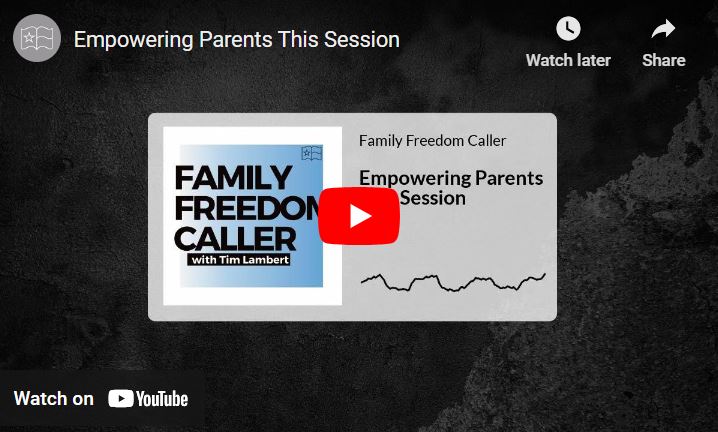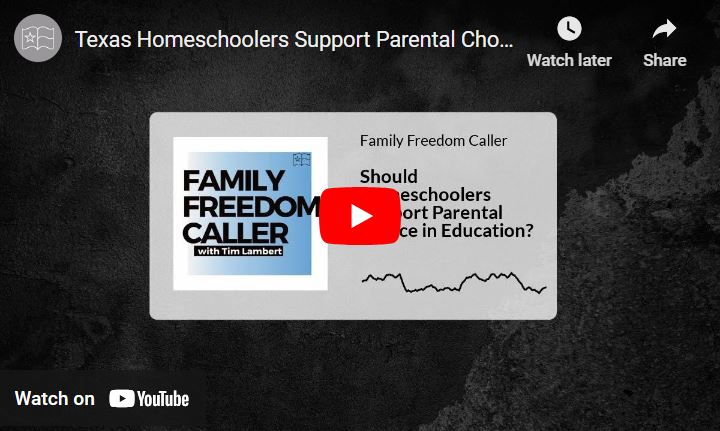- March 18, 2020—How to Homeschool During COVID-19
- March 4, 2020—Who Should Make Medical Decisions for Children?
How to Homeschool During COVID-19
In 2002 when Mike Pence announced his policy of never dining alone with a woman other than his wife, he received heavy media criticism. Kirk Cameron received similar treatment in 2012 about his rule of not being photographed alone with a woman.
After the #MeTo movement made national headlines, the #MikePenceRule suddenly became mainstream.
The same thing is about to happen with homeschooling. Homeschooling has been a developing and growing style of education for decades and it’s about to move mainstream.
As the U.S. continues to come to grips with the coronavirus, more than 30 states have closed schools and according to USA Today, millions of students are at home.
Homeschooling seems scary and intimidating to most families, but remember, it isn’t really new—it’s just a new way of thinking. As people begin to homeschool, they realize they have been doing it all along. It is a lifestyle that people around the world have embraced for centuries. These lessons are taught when cooking a family recipe in the kitchen, doing yard work, and when teaching a child how to tie her shoes.
The “home” in homeschool is just as important if not more important than the “school.” This lifestyle encourages strong relationships that help students communicate and grow, plus develop important family bonds that are too often lost in our distracted world.
Looking for ways to continue your child’s education during COVID-19? Here’s what you need to know…
Use what you have readily available to homeschool: read-aloud time, games, puzzles, arts and crafts, STEAM activities, LEGOs, documentaries, online library databases, virtual field trips, and dozens of resources available online. Just like when your child took his first steps, you will get to experience the moments of learning and growth in his/her life on a daily basis.
For younger students, this will mean more play than worksheet learning. Learning at this age happens more rapidly through various forms of games and crafts. Middle-grade students can benefit from the increased structure and will learn well from parental guidance with their studies. Older students may be more accustomed to working independently with minimal supervision. A designated work zone that is free from distractions can help.
Incorporate schoolwork into life: Just like you have a morning and evening routine, add schoolwork into that daily routine.
Alternate work and activities to help your kids keep focused, just like an adult’s work setting. Set small goals and utilize calendars to plan out your day. Throughout the day, you can break up assigned work into smaller chunks during both morning and afternoon, plus introduce some physical movement activities and brain breaks (via YouTube, etc.) to keep your students active.
Choose days and times throughout the week for both independent and parent-led lessons with students. This will allow you to streamline lessons and maximize your time. You can find many great resources online (THSC.org/homeschool).
Take advantage of community: The online homeschool community is strong, thriving, and eager to welcome new homeschoolers.
You can connect virtually with your local community of experienced homeschoolers, and even Facetime or chat with others. Your best resources are parents who have experience educating their children and are happy to share what has worked well for them.
As you get started, you will discover a unique rhythm and routine inside your own home, but don’t be afraid to learn from others and reach out for support. Thanks to the internet, it has never been easier to gain information and support from experienced families around the world, as well as in your own backyard.
Character vs. Classes: Colleges and workplaces are looking for leaders with strong character and soft skills. These skills include conflict resolution, team building, mentorships, verbal and written communication skills, problem-solving, empathy, creativity and critical thinking.
American corporations need a future workforce that can adapt to new situations and be flexible with our ever-changing world. If you use these skills in your everyday work life, you can provide your children with the same strengths during your time homeschooling. You are key to teaching these vital lessons to your children.
You can be sure that homeschooling, whether short-term or for a lifetime, can be successful with the right tools, some flexibility, and a little bit of love. You have the freedom to discover what works best for your unique homeschooling journey. You don’t have to be a Ph.D or an organizational whiz. Just be a parent. Help your kids stay on track, stick to a routine, find some online resources, and make it fun!
Who Should Make Medical Decisions for Children?
Texas is considered a very conservative state and we celebrate the freedom that families have to homeschool their children here, but is Texas really that conservative when it comes to family rights? Last year, we followed a number of legal cases which highlighted the assault on families being able to make decisions for their children.The most high-profile case was the Pardo case in which CPS illegally removed a medically fragile four-year-old child from his family based on allegations of medical abuse. CPS finally agreed to dismiss the case after the Texas Supreme Court ordered the child to be returned to his parents because CPS had not proven that he was at risk.
In another medical case, Cook Children’s Medical Center in Fort Worth is currently trying to turn off life-sustaining treatment for baby Tinslee Lewis, over the objections of her family. THSC filed a brief in the case, arguing that the family—not the hospital—has the right to make medical decisions for Tinslee.
After Tinslee was born prematurely, Cook Children’s Medical Center encouraged the mother to follow their medical advice to have several surgeries performed. However, the hospital later changed its mind on keeping Tinslee alive and invoked a Texas law known as the “ten-day rule,” telling the family that they had 10 days to find another facility that would allow Tinslee to live. Otherwise, Cook Children’s planned to turn off her life-sustaining treatment.
The family, who is being represented by Texas Right to Life, has been embroiled in litigation with the hospital ever since. Meanwhile, the family has tried desperately to get the hospital’s decision blocked. The suspension of life-sustaining treatment has been on hold during the litigation.
This unjust Texas statute allows doctors to make decisions regarding the medical treatment of a child and override a fit parent’s decision. This is just one tragic example of a parent’s God-given, fundamental right to make decisions for their children being usurped by non-parents.











